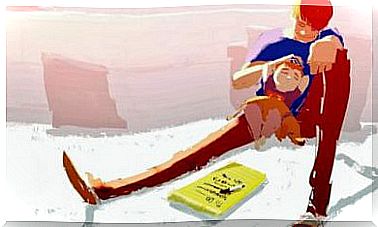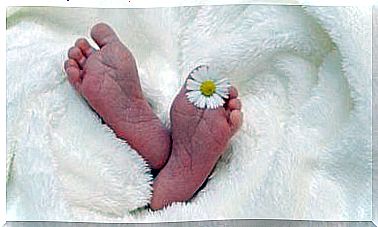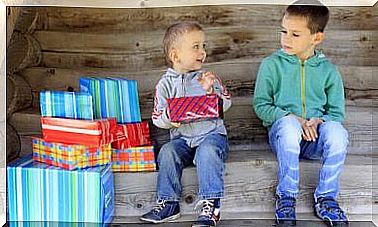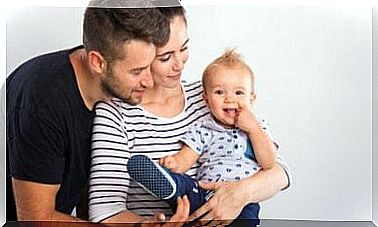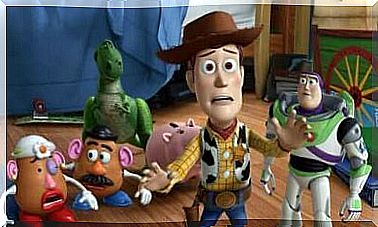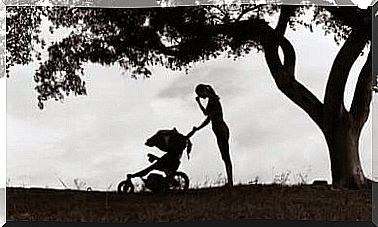Hanging Eyelids: Causes And Treatment
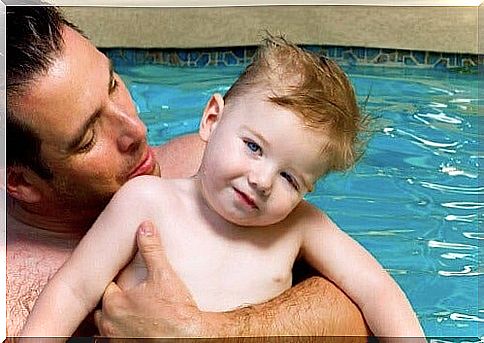
Drooping eyelids are also known as ptosis. This condition occurs when the eyelid hangs lower than it should, which can affect your child’s vision, either partially or totally.
It can happen in one or both eyes and it can be the result of congenital and other factors. In this article, we will tell you what you need to know about drooping eyelids.
What are the causes of drooping eyelids?
There are a variety of causes that can be related to drooping eyelids. Some of the primary ones include:
- Congenital: when the lifting muscle in the eyelid does not develop completely during pregnancy with the baby.
- Birth: The baby’s muscle in the eyelid can be affected by the use of a delivery stick. It is an instrument used to help the baby into the world.
- Eye movement disorders: these are related to problems with the muscles that affect the eye movements.
- Problems with the brain and nervous system: Sometimes, ptosis can be a result of cerebral anomaly or a neuromuscular disorder affecting the eyes.
- Inflammation: there are also factors that are not related to an inadequacy of the muscles that control the eyelids. These include the growth of tumors in the eyelids, allergies, trauma and conjunctivitis.
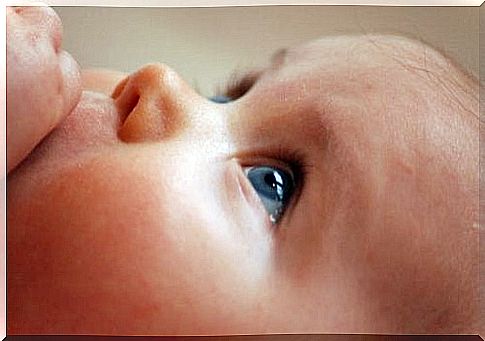
The most common symptoms
Drooping eyelids are, as a rule, detected around the age of 6 months, due to the fact that the baby has more waking hours and may be more smeared on his face.
If the child suffers from ptosis, then the following symptoms are usually present:
- Leaning his head back to see: when it occurs, the little one may also suffer from chronic torticollis.
- Raises the eyebrow: to lift the drooping eyelid.
- Excessive amount of tears: excessive production of tears.
- Loss of vision: partial or total blindness.
Consequences of drooping eyelids in babies and children
Ptosis is not a serious condition. However, if the eyelids come to cover the pupils, either partially or completely, it can compromise the baby’s vision and create some of the following problems:
- Amblyopia or lazy eye: this reduces the vision in one or both of the child’s eyes.
- Strabismus or squint: it is a condition in which the eyes do not look in the same direction. In the case of squinting, cross the eyes because the child does not have sufficient control over his eye muscles.
Treatment
Generally speaking, the only treatment, to treat drooping eyelids, is a surgical intervention. There are no exercises or medications that can strengthen the muscles that control the movement of the eyelids.
However, according to the Institute of Ocular Microsurgery, a child with congenital ptosis should have periodic checks from birth. An ophthalmologist should evaluate the condition and assess which procedure to use.
- Periodic checks: these are necessary in case of congenital ptosis to ensure an early detection of any resulting disorder.
- Occlusion of the healthy eye: in the event that the condition requires optical correction with lenses due to amblyopia (reduced vision), doctors will begin to cover the healthy eye to force the affected eye to compensate.
- Surgical intervention: specialists suggest that this should wait until the child is 3, 4, or even 5 years old because it means he or she will be able to cooperate more. However, in case of vision loss, it should be done immediately, regardless of age.
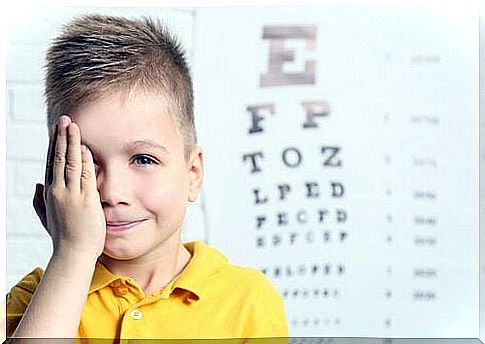
Recommendations
When children have drooping eyelids, the first thing to do is take them to a pediatrician. According to the American Academy of Ophthalmology, it is crucial that parents address the issue immediately. It is the best way to avoid complications that can lead to permanent vision loss in one or both eyes.
The doctor will then refer them to a specialist who will perform the relevant tests and make a diagnosis in order to determine the appropriate treatment. Parents need to follow the specialist’s recommendations for optimal results.
It is best if the corrective treatment takes place in early childhood, even before the child begins school. In this way, one can prevent the condition from affecting the child’s academic performance, as well as his or her social development.
When parents notice any anomaly in their child, it is crucial that they consult with a local specialist. This reservation is a fundamental part of preventing permanent damage to a child’s health.
The World of Children
It is possible to prevent colds if you use the right recipe, natural remedies and follow some helpful tips.
